A Hidden Gem on Lisbon's Premier Avenue
Imagine 5400 square meters right on Avenida da Liberdade, spread across four floors, a basement, and an attic. In 2006, this entire space was transformed for artistic purposes thanks to an initiative by sculptor and civil engineer António Bolota. The Banco Espírito Santo, owner of number 211 on that avenue, entrusted him with managing the property to launch what he called "a unique and singular collaborative experience in Portugal."
The Birth of a Creative Sanctuary
The initial goal was to provide workspaces for artists. Besides Bolota himself, the first to receive keys were Virgínia Mota, Daniel Barroca, and Francisco Tropa. By 2014, when the bank owning the building collapsed, over 40 artists had resided at Avenida da Liberdade. This doesn't even count the hundreds who passed through as part of various curatorial projects spanning visual arts, music, and performance, with notable collectives like The Barber Shop, Projecto Teatral, and Parkour.
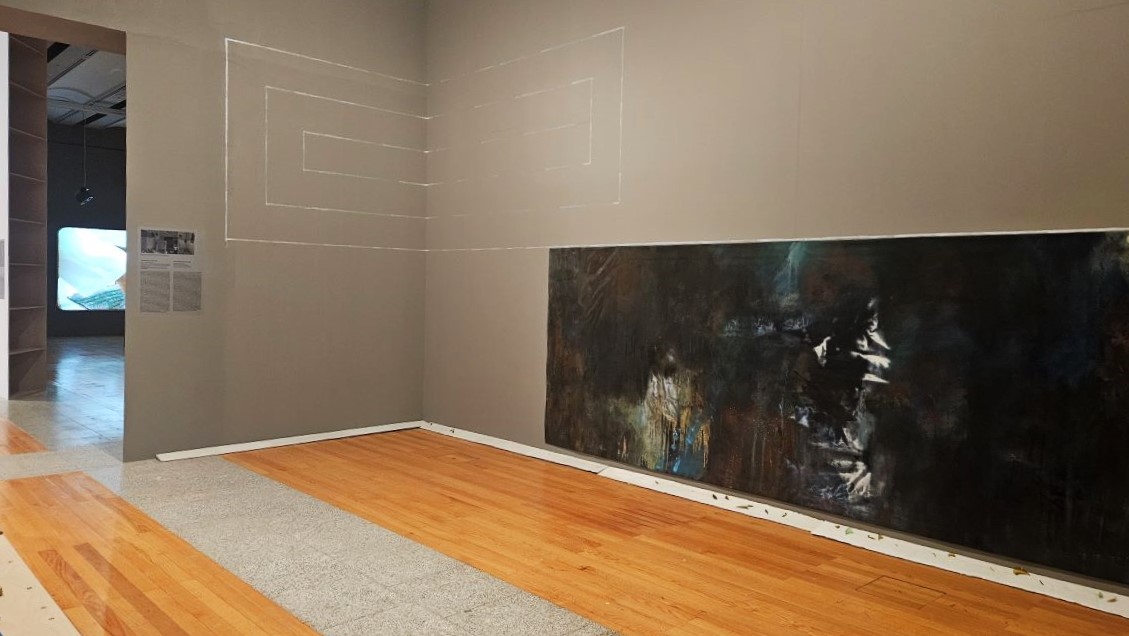
A Decade of Innovation and Collaboration
As recalled by Nuria Enguita, who co-curates the exhibition Avenida 211 – Um espaço de artistas em Lisboa with Marta Mestre, "that building was a place for experimentation and thought, and for nearly a decade, it functioned as an engine for artistic development in Lisbon." From the oldest resident, painter and sculptor Pedro Morais, to the youngest, Diogo Bolota, the venue hosted multiple generations of creators. Here, the recently deceased João Queiroz produced the marvelous sets for João Botelho's film adaptation of Eça de Queiroz's Os Maias; Gabriela Albergaria developed her research on the Oxford Botanic Garden, leading to the publication Hither and Thither, a blend of academic guide and artist's book; and Pedro Barateiro painted inspired by anti-troika protests parading down Avenida da Liberdade.
Additionally, Avenida 211 was the first home of Kunsthalle Lissabon, and the city remembers music and performance events organized by Filho Único, which gathered over 700 people, featuring memorable concerts by Norberto Lobo, Kimi Djabaté, and Tó Trips.
The Spirit of Shared Creativity
"Avenida provided a different experience for each artist, but the project's nature was collaborative, making the space highly shared," Bolota recalls. Having a property on what is perhaps the city's most noble artery, with no rent, water, or electricity bills, gave all creators who passed through "a very fertile period for artistic production."
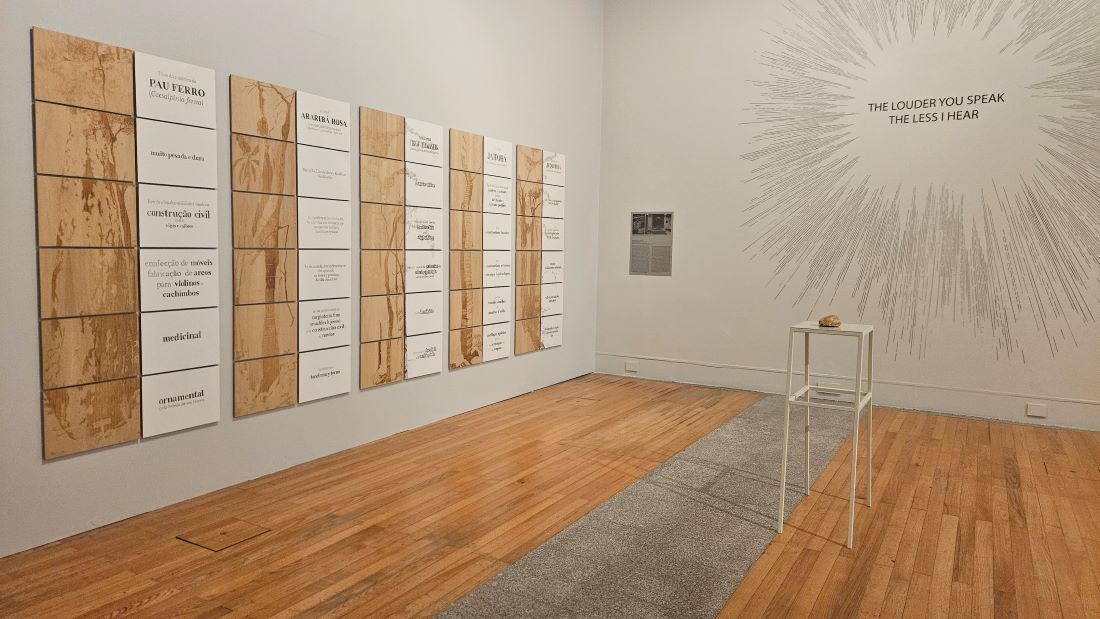
Legacy and Reflection in Today's Lisbon
Until April 2026, at MAC/CCB, the exhibition showcases works by about 60 artists who intersected at 211 Avenida da Liberdade, revisiting the years before the city's financialization, which now prices a square meter in that area at a "modest" 9285 euros. To emphasize this and assert that such a project would be impossible today, the exhibition starts with a square meter marked on the floor, displaying the current price inside.
After exploring the magnificent 19th-century building at the corner of Rua Rosa Araújo, based on research by Giorgia Casara and Sara de Chiara, visitors follow a somewhat arbitrary path, as there is no fixed route for Avenida 211. Four more rooms feature a discourse born from "dialogue with artists and material exploration." Essentially, as Enguita notes, the aim was to transpose the spirit of an "open space, a mobile ecosystem of people coming and going" that defined life in the building just over a decade ago.
As António Bolota emphasizes, "10 years after Avenida closed, I see in this exhibition the same freedom we all shared in that space." It's as if we could still witness creators like Pedro Henriques, Carla Filipe, Diogo Evangelista, Joana Escoval, or Pedro Tropa watching life unfold from the building's windows, in a time when artist studios with a view of the avenue were possible.

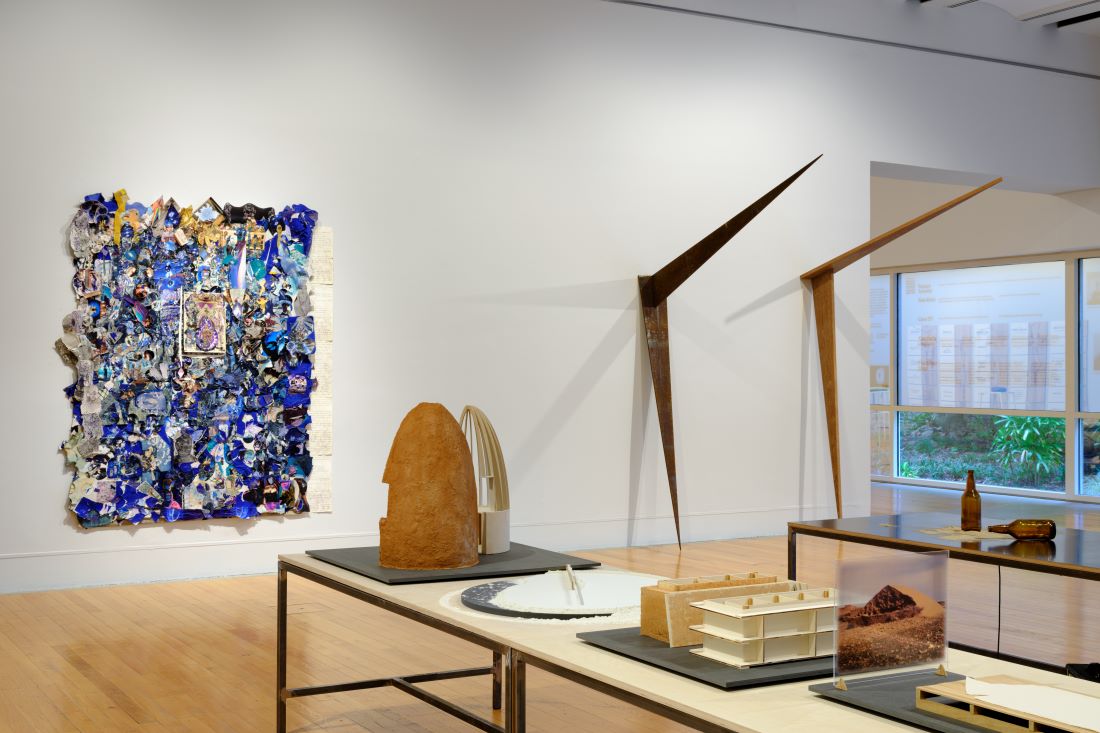



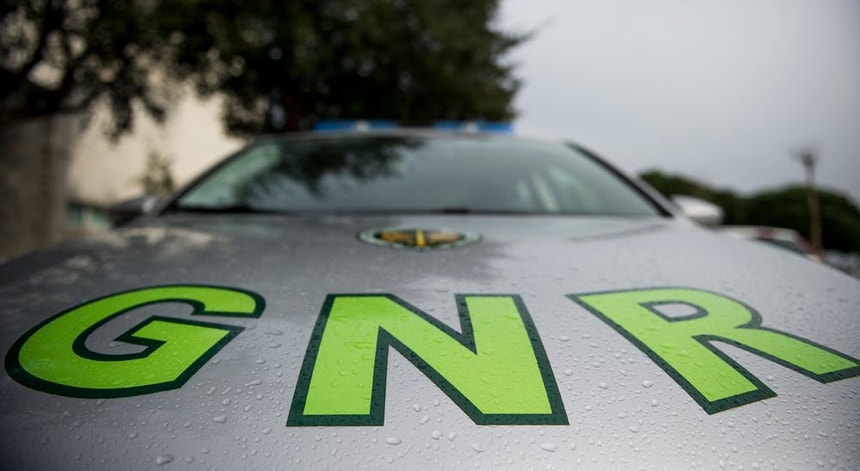


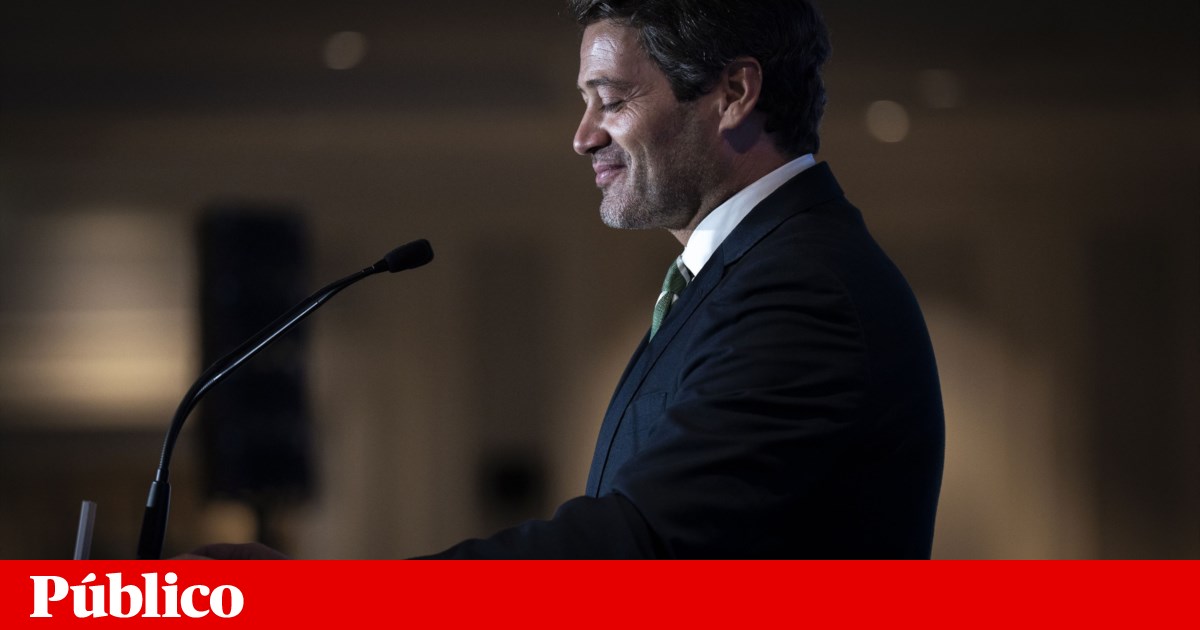

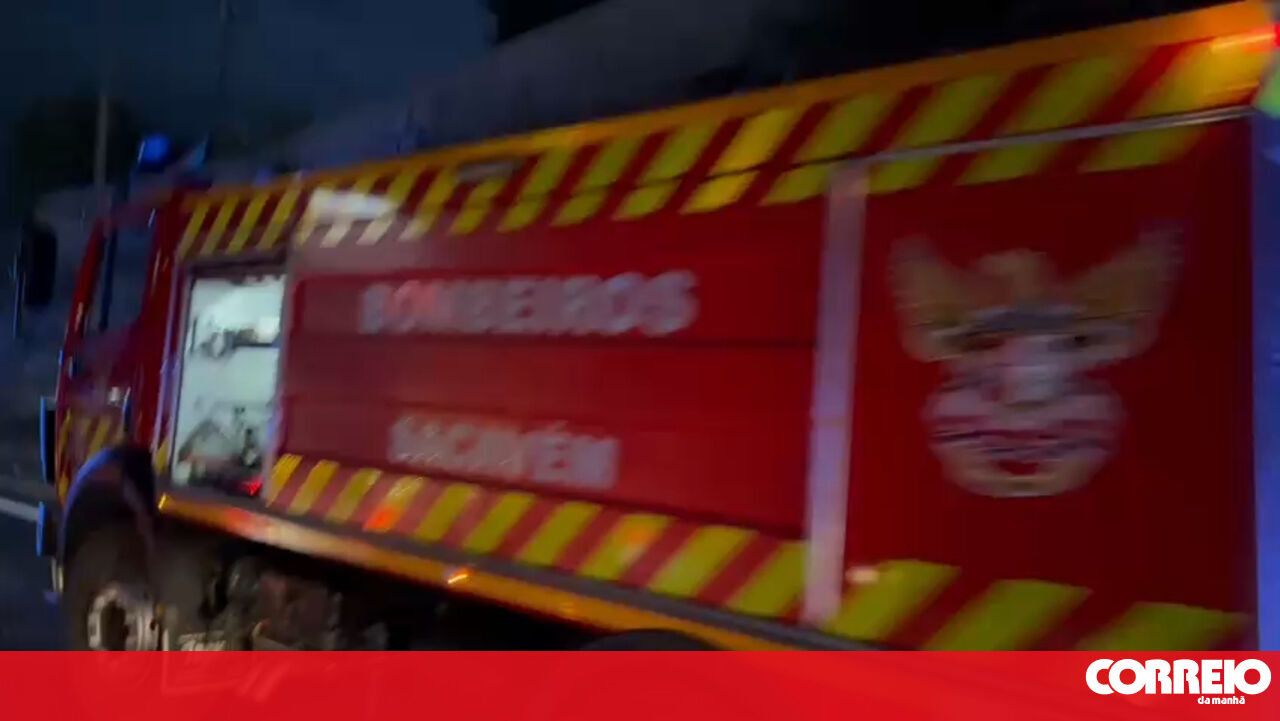
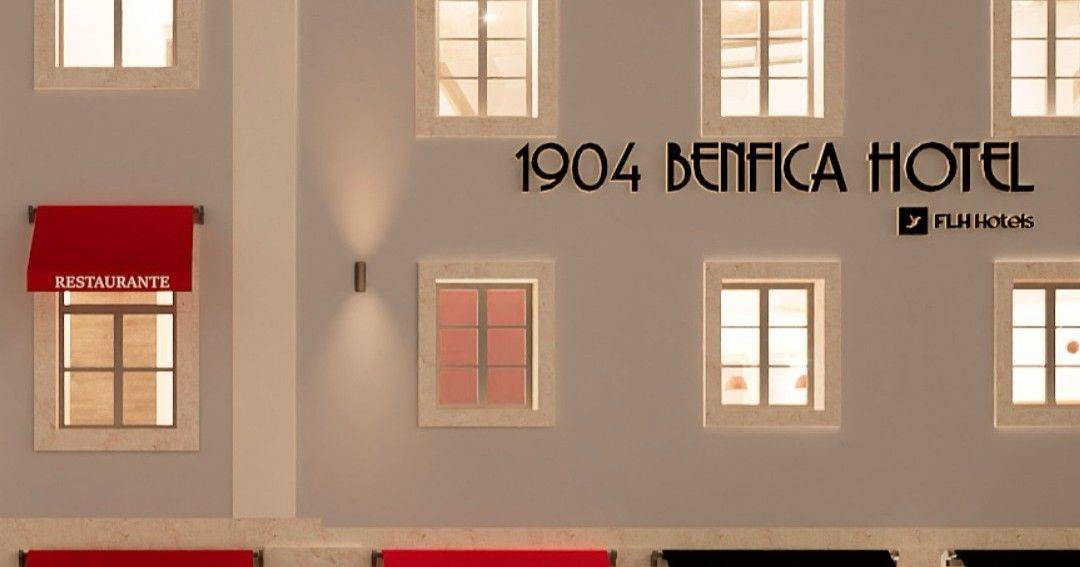



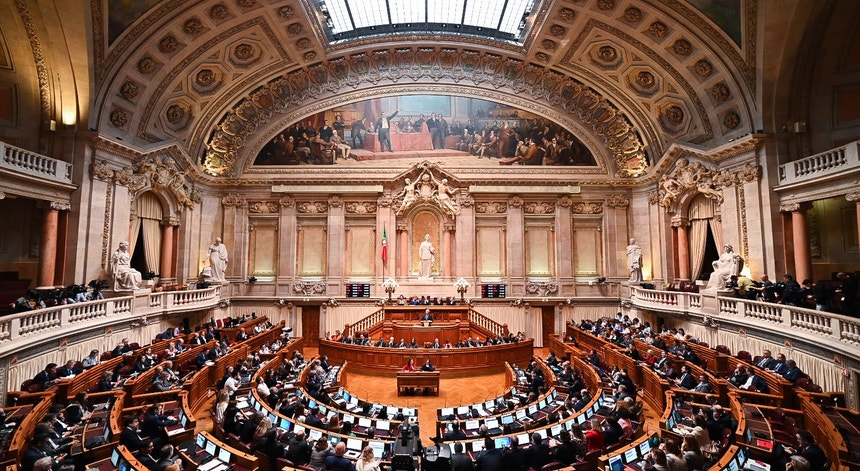
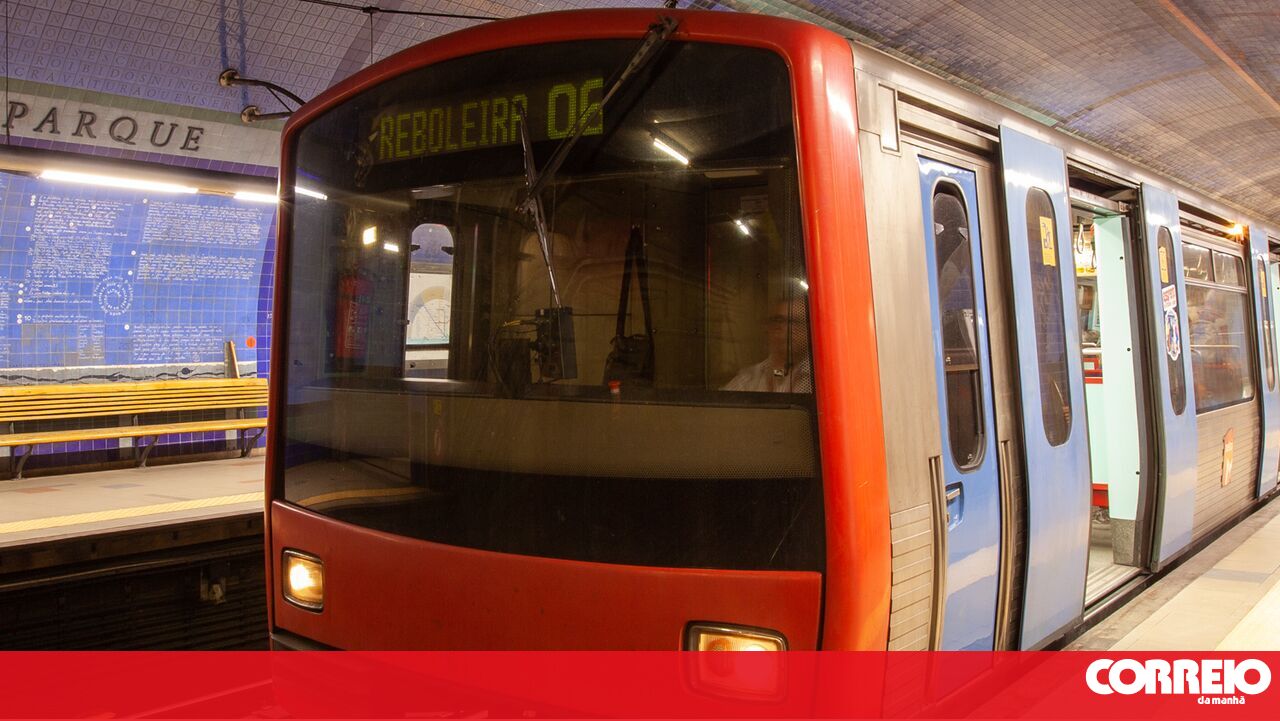
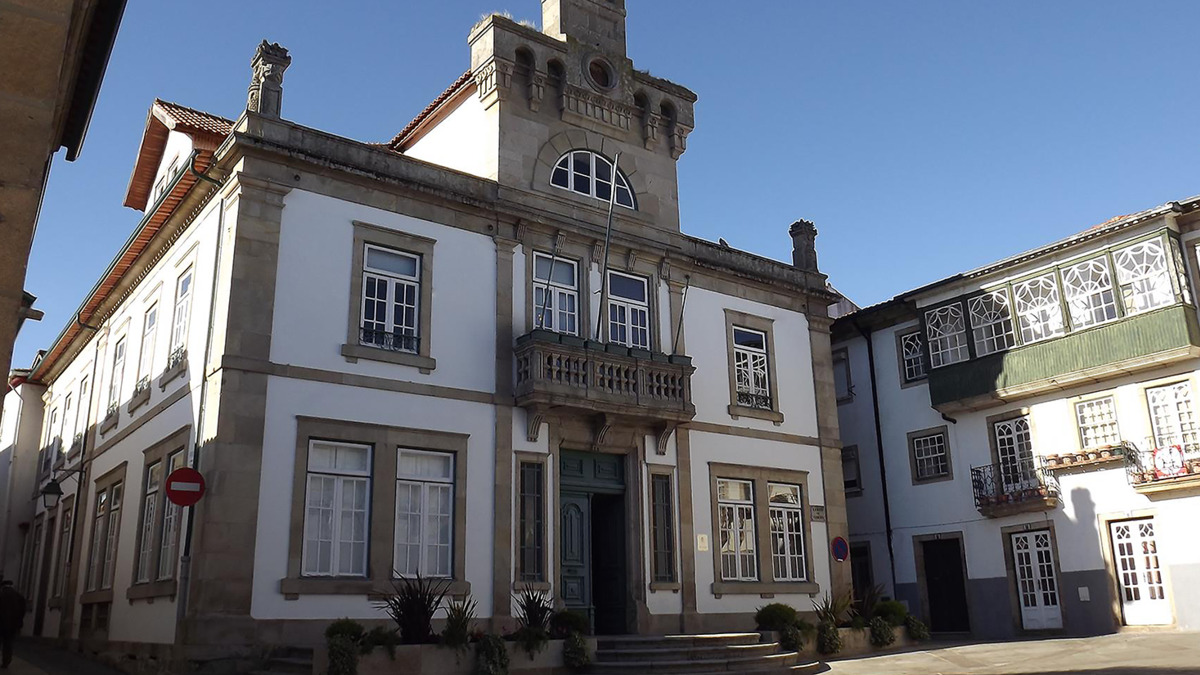
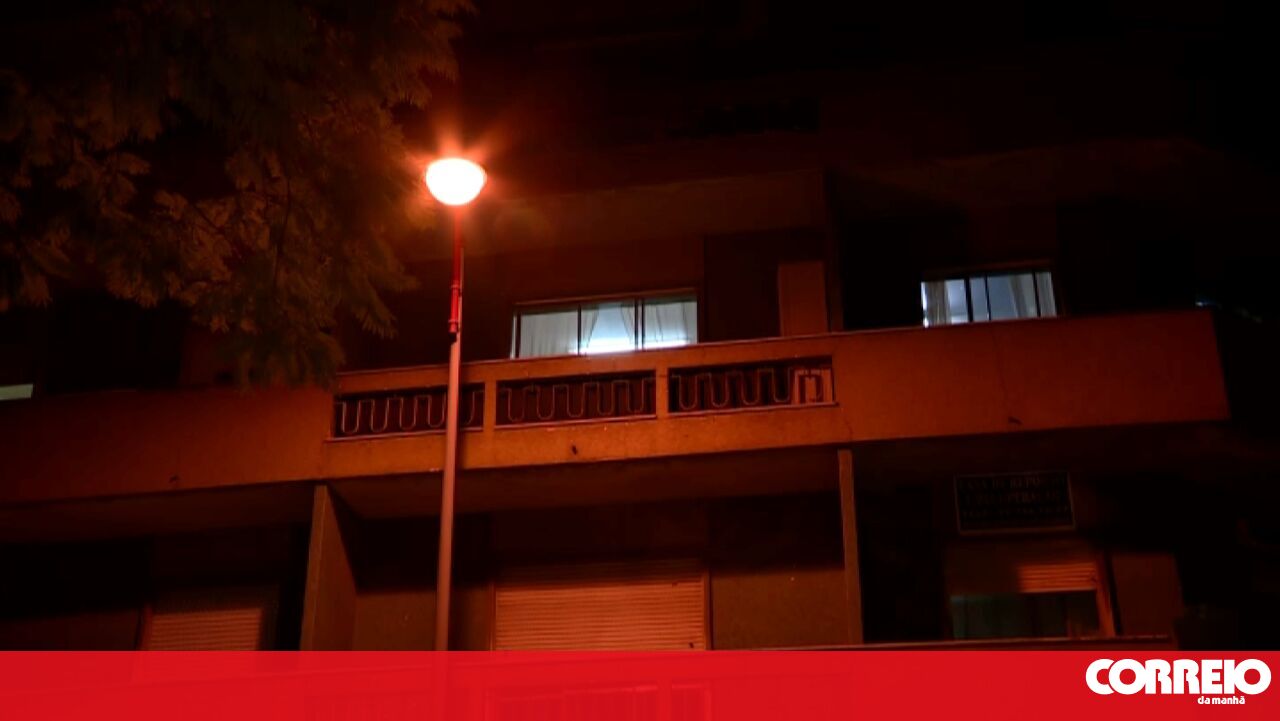
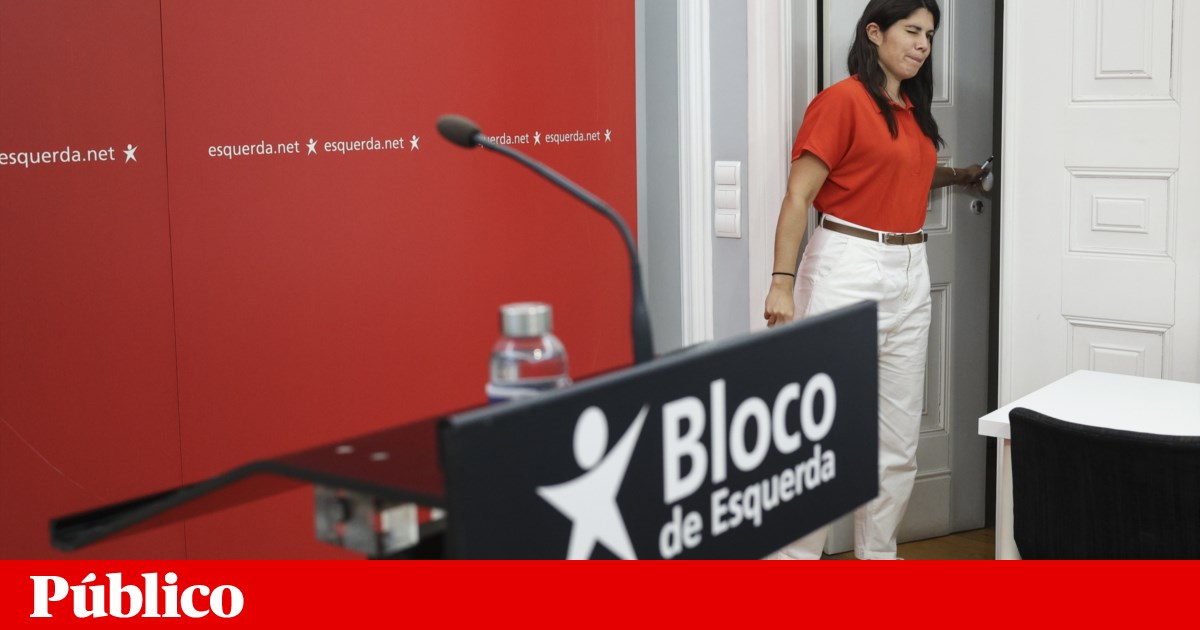
Comments
Join Our Community
Sign up to share your thoughts, engage with others, and become part of our growing community.
No comments yet
Be the first to share your thoughts and start the conversation!